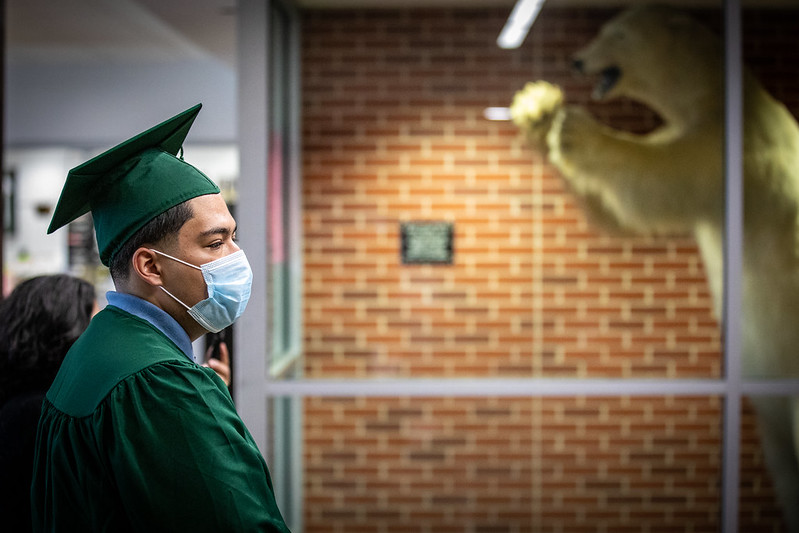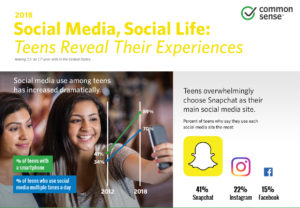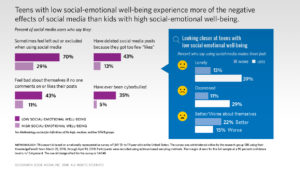Common Sense Media: Tweens, Teens, Tech and Mental Health: A Generation Coming of Age in Crisis
Posted on July 29, 2020 at 4:21 pm
A new report from Common Sense Media examines the impact of the pandemic on the already-increasing levels of anxiety and depression among tweens and teens.
When the coronavirus pandemic upended our lives, it introduced new social distancing requirements, public health challenges, and social unrest. Almost overnight, school, social activities, and work were all pushed online. It’s too early to know the lasting effects of this radical shift in behavior. Instead, this report seeks to understand how best to reach adolescents who are disproportionately affected and most vulnerable, support them in digital spaces, and improve their mental health outcomes.
The in-depth literature review, combined with essays from leading experts, synthesizes what’s known about associations between digital technology use and adolescent mental health—and outlines what stakeholders can do to help.
Geoffrey Canada: The Digital Divide is a Bigger Problem Than Lacking Access
Jacqueline Dougé: Meeting Teens Where They Are
Sonia Livingstone: Parenting for a Digital Future
Jennifer Siebel Newsom: We Must Design Tech and Media Platforms with Kids in Mind
Lina Acosta Sandaal: The Burdens of the Latinx Family
Tiera Chanté Tanksley: Finding Peace During the Protests: Digital Wellness Tools for Black Girl Activists
Andrew Yang: Our Kids are Walking Around with Slot Machines in Their Pockets



